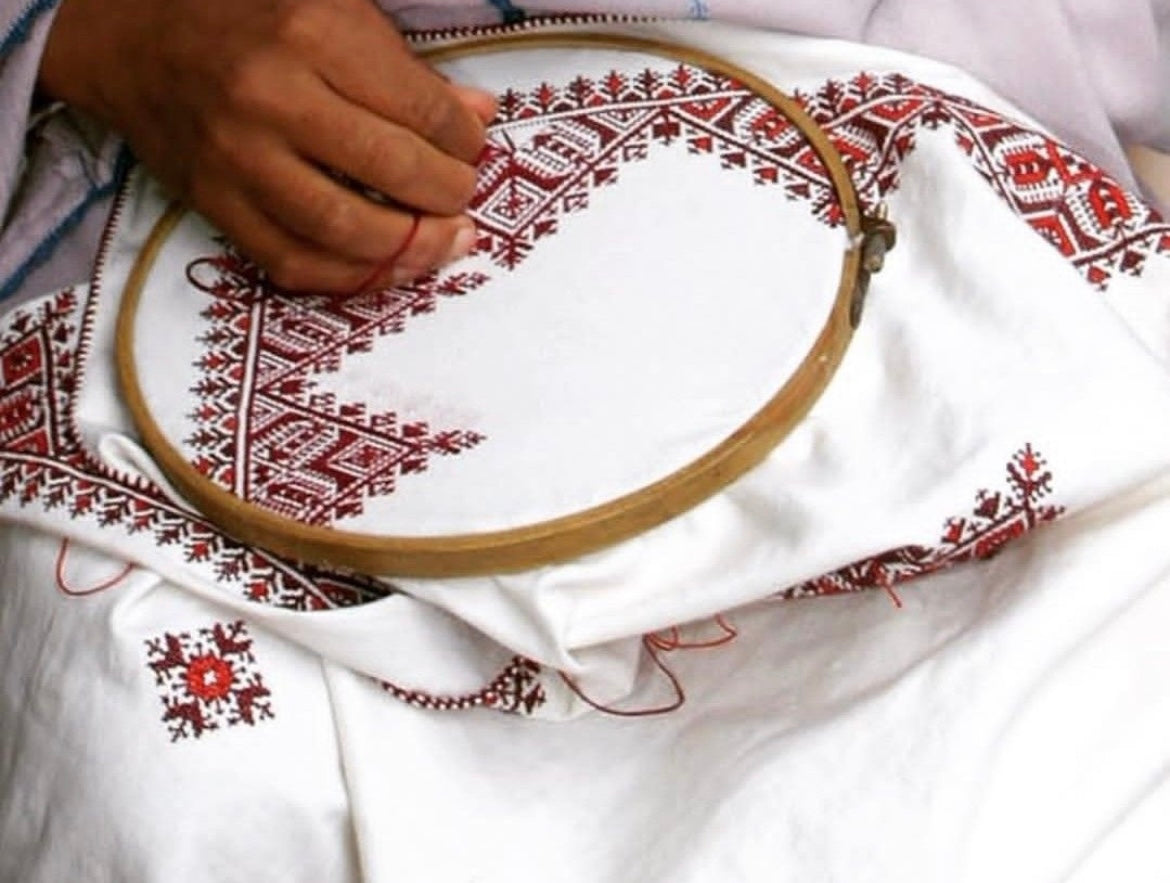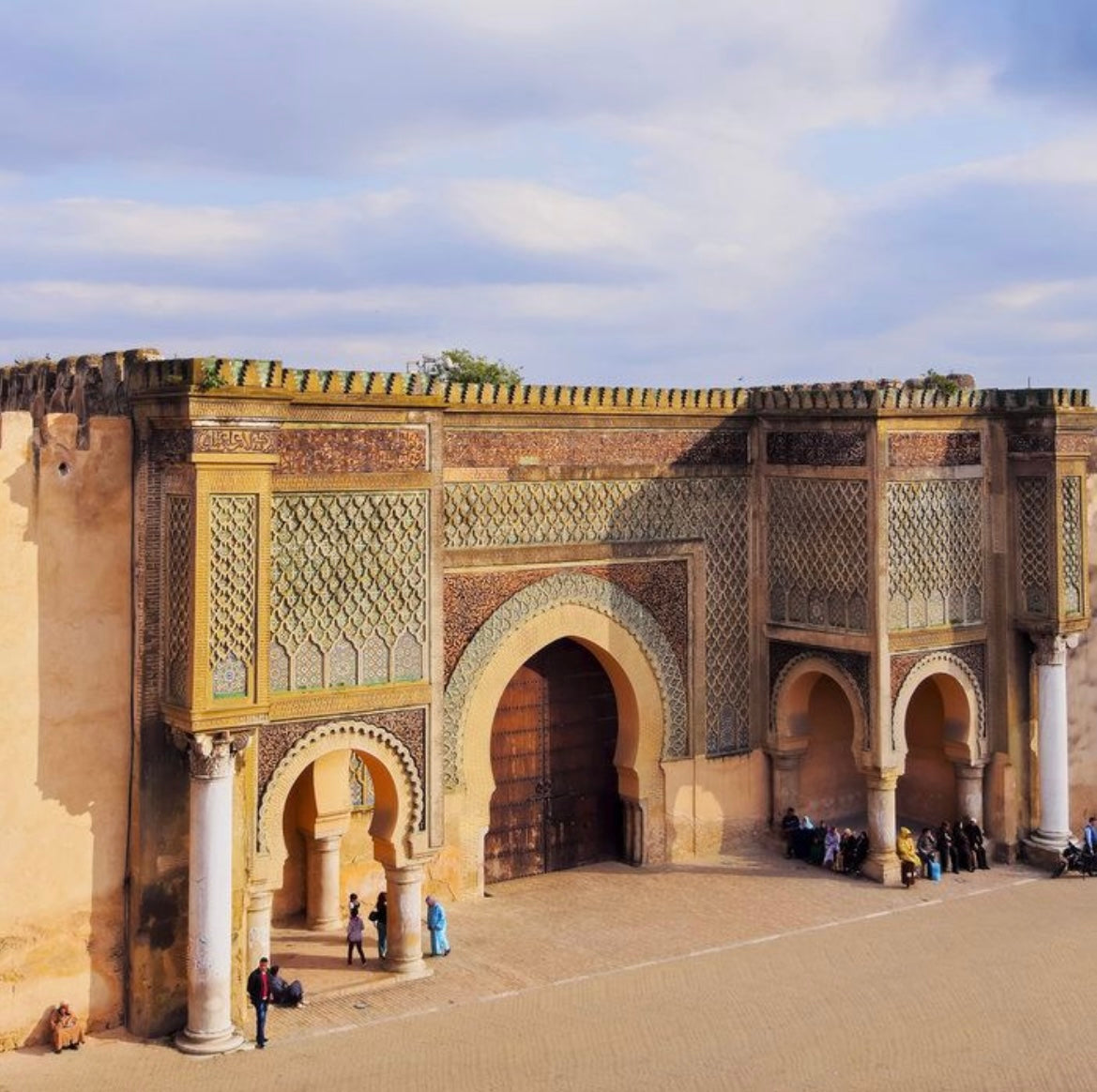
A living and refined heritage
Moroccan embroidery, or Tarz in Moroccan dialect, is an ancestral art, deeply rooted in the culture and heritage of Morocco. Practiced primarily by women, this technique embodies both artisanal know-how and unique artistic expression. Passed down from generation to generation, this precious art echoes Berber and Andalusian influences, testifying to the country's rich multicultural heritage.
Today, Moroccan embroidery continues to evolve, integrating into more contemporary creations while respecting traditions. It remains a symbol of cultural identity, where each pattern and color tells a story, testifying to the heritage and beliefs of Moroccan communities.
Moroccan embroidery is much more than just a craft technique. It's a rich visual language, a living heritage that continues to tell the story of the Moroccan people through meticulous and elegant works. Whether as part of a tradition or a modern creation, it embodies the beauty, diversity, and soul of Morocco.

Origins and influences: an art between tradition and modernity
The roots of Moroccan embroidery date back to the time of the Berbers, the first inhabitants of Morocco. Over time, it evolved under the influence of the civilizations that passed through the country: Phoenician, Roman, Arab, and Andalusian. This cultural diversity is reflected in the variety of geometric, floral, and symbolic motifs that characterize Moroccan embroidery.
The arrival of the Arabs in the 7th century introduced new abstract motifs inspired by Islamic art, while the Andalusian period brought increased technical sophistication, particularly in cities such as Fez and Meknes, which welcomed Andalusian exiles and became renowned centers of embroidery.
Although Moroccan embroidery has experienced periods of decline, particularly during colonization, it has been able to revive itself thanks to preservation initiatives carried out after independence in 1956. Today, this tradition continues to thrive, both as a craft and as a cultural expression.
